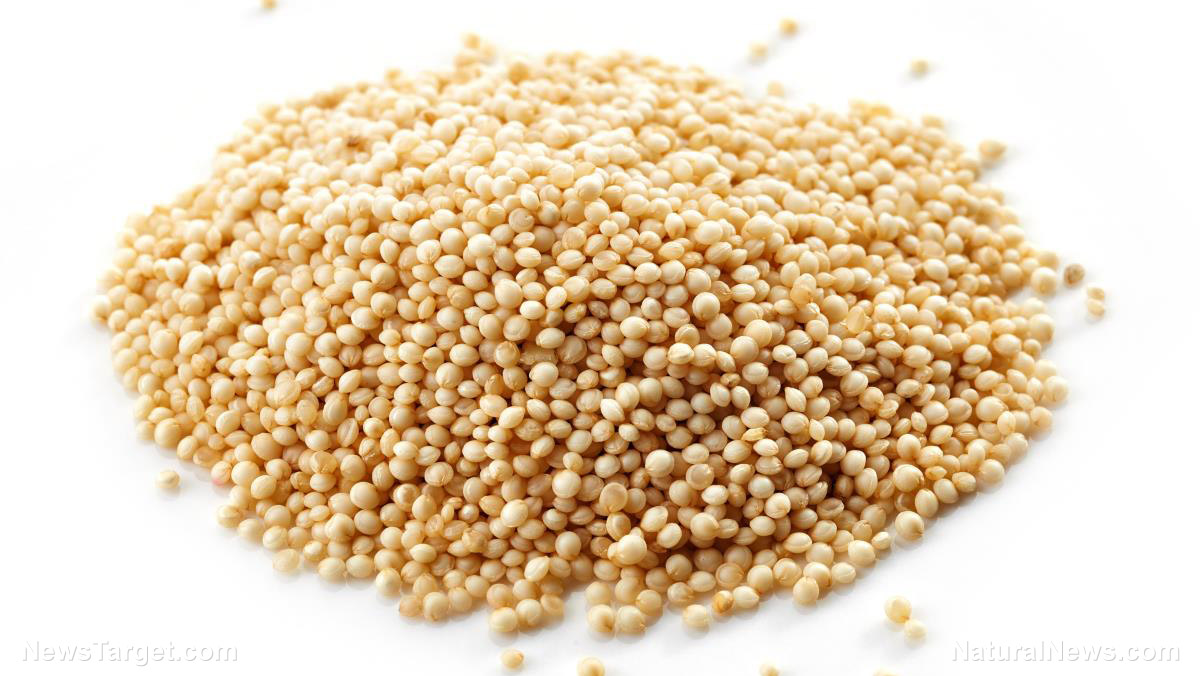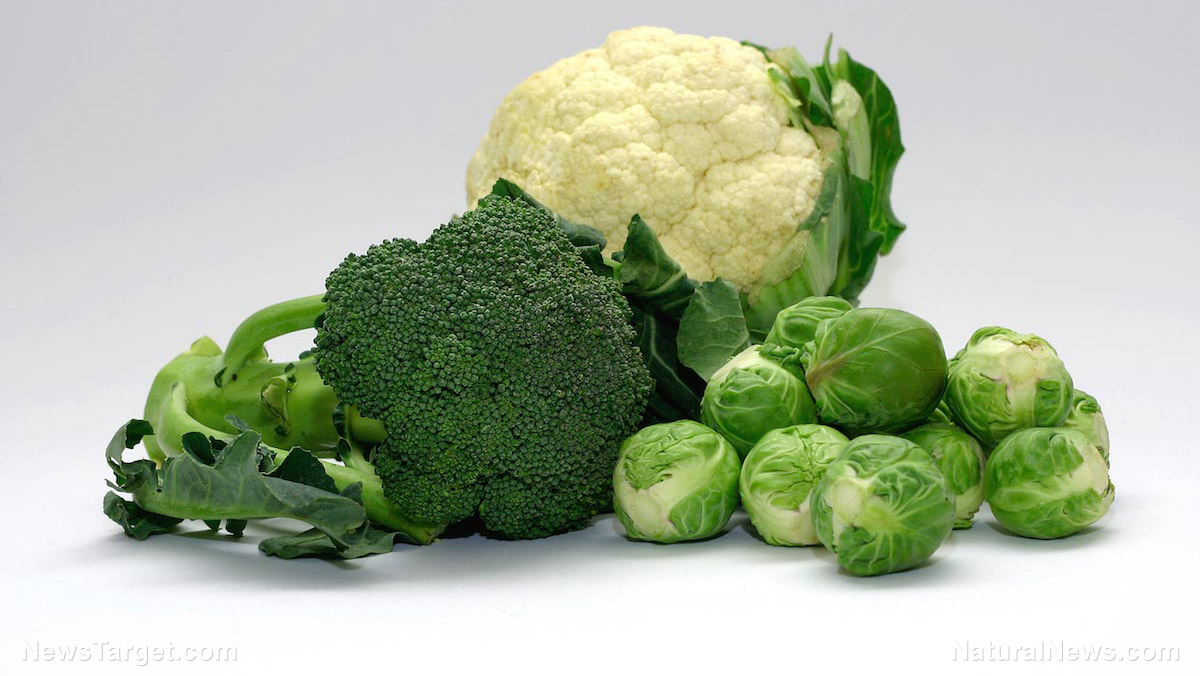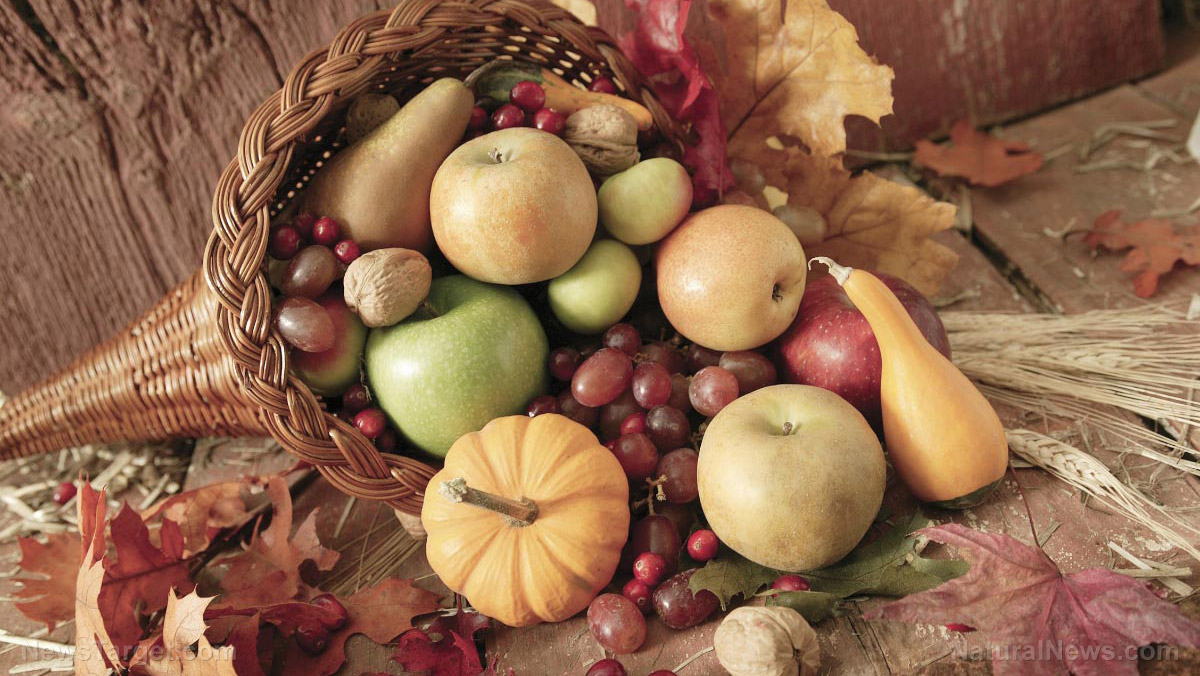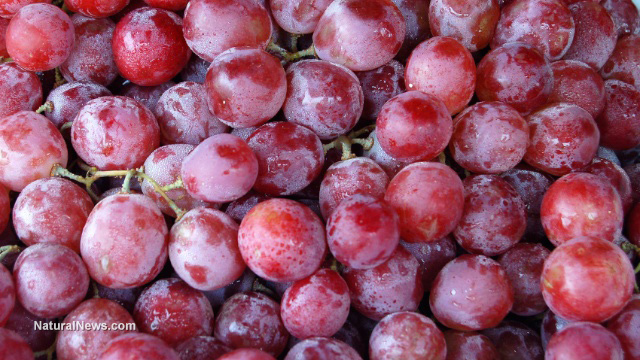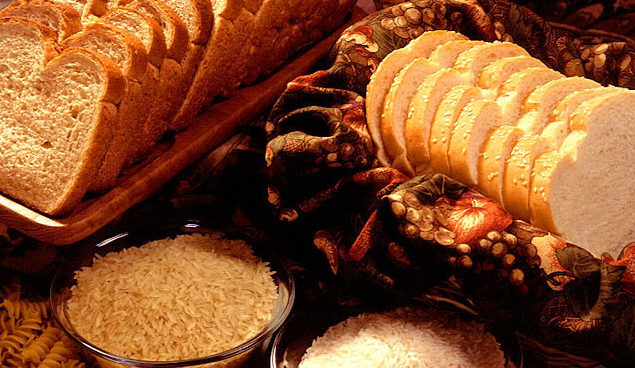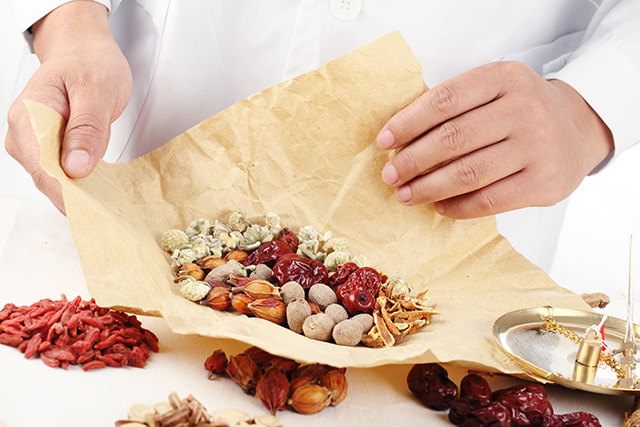“Green Pharmacy Guide to Healing Foods” by James A. Duke: A journey beyond the health food store
07/12/2025 / By Belle Carter
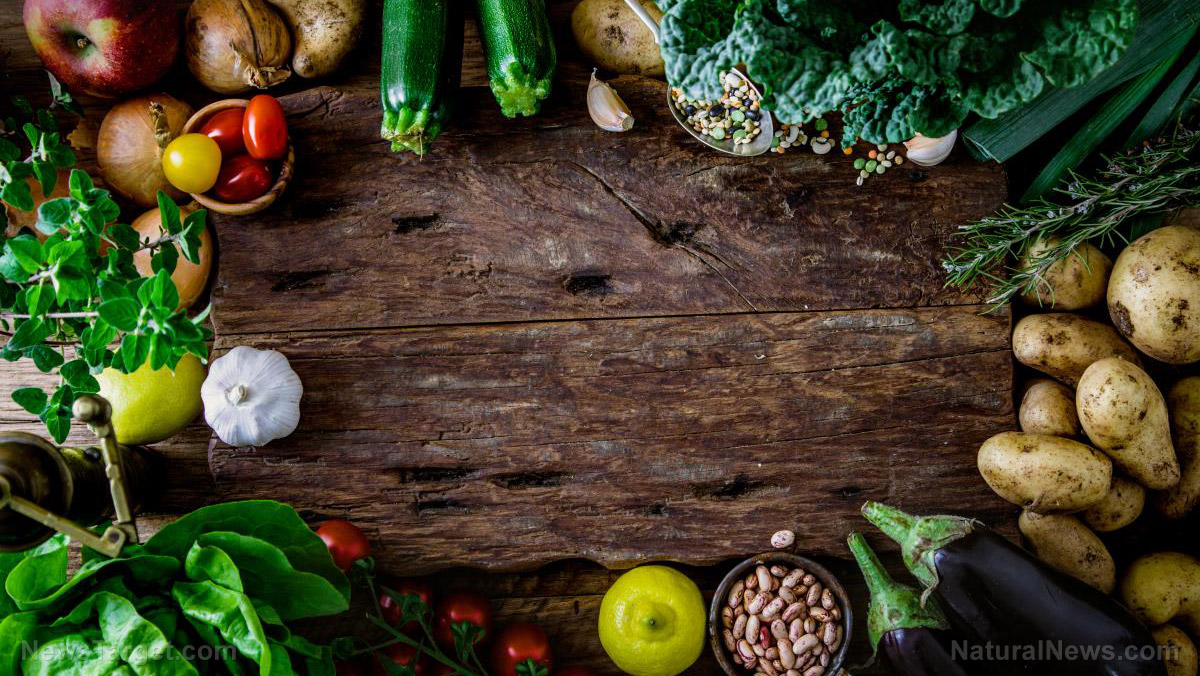
- James A. Duke’s book advocates using common plant-based foods (fruits, vegetables, nuts, etc.) as natural remedies, shifting focus from supplements to whole, fresh foods for optimal synergistic nutrient benefits.
- Duke introduces MAMs – scientific tools that analyze phytochemicals in plants and their therapeutic potential – providing a practical (though not definitive) guide for natural disease prevention and treatment.
- The book blends ancient medicinal practices (Ayurveda, TCM) with modern science, highlighting foods like ginger, pomegranate and dark chocolate (?60% cocoa) for their proven health benefits.
- Duke challenges pharmaceutical dominance, citing studies where foods (e.g., ginger for cholesterol, turmeric for arthritis) outperform drugs and critiques America’s unhealthy food culture in favor of whole-food choices.
- “Duke’s Dozen” lists 12 top disease-fighting foods (e.g., garlic, green tea), emphasizes dietary variety and offers condition-specific remedies with a user-friendly rating system based on research and experience.
James A. Duke’s “Green Pharmacy Guide to Healing Foods” emerges as a beacon for those seeking to harness the power of everyday foods for healing. Duke, a former botanist with the USDA and a lifelong advocate for herbal remedies, has expanded his focus beyond traditional medicinal plants to encompass the vast potential of plant-based foods. This groundbreaking book invites readers to explore the aisles of their local supermarkets with a newfound appreciation for the healing properties of common fruits, vegetables, grains, nuts and seeds.
Duke’s work is a testament to his belief that the path to wellness is not confined to the health food store but is, in fact, right in our kitchens. His exploration of “multiple activity menus,” or MAMs, developed during his tenure with the USDA, is a key component of this approach. MAMs identify the phytochemicals in specific plants and their therapeutic activities, generating a “synergy score” that suggests their potential in preventing or treating various conditions. While not a substitute for gold-standard research, these MAMs serve as a valuable guide for those seeking natural remedies.
One of the book’s most compelling arguments is Duke’s emphasis on whole, fresh foods over supplements. He contends that nutrients work synergistically and their full benefits are best derived from consuming them in their natural form. Duke’s own experiences, including his discovery of the vitamin C-rich camu-camu fruit in the Amazon, underscore his belief in the power of diverse and exotic ingredients.
The book covers an extensive range of conditions, from fatigue and fibromyalgia to heartburn, gout and hemorrhoids. Duke provides remedies for each, often accompanied by a rating system based on scientific research, anecdotal evidence and personal experience. These ratings, while subjective, offer readers a practical framework for selecting natural remedies.
Duke’s exploration of the history of “medicinal foods” is particularly enlightening. He delves into the ancient practices of Ayurveda and Traditional Chinese Medicine (TCM), which have long recognized the healing power of food.
In addition to historical perspectives, Duke delves into the science of eating for good health. He introduces readers to “Duke’s Dozen,” the 12 foods he considers most beneficial for fighting disease. This list includes beans, garlic, green tea and, surprisingly, chocolate. Duke specifies that dark chocolate with at least 60 percent cocoa content offers the most benefits, challenging the notion that all sweets are unhealthy.
Duke provides numerous examples of foods and their benefits, often backed by scientific studies. For instance, he cites ginger as being more effective than the drug Dramamine for treating motion sickness and pomegranate as a rich source of phytoestrogens that can alleviate menopause symptoms. These examples illustrate the potential of food as a powerful tool in managing health.
Duke also emphasizes the importance of variety in one’s diet. While related foods share many of the same healing compounds, each brings unique nutrients to the table. For example, while garlic and onions are both excellent for boosting the immune system, onions contain the flavonoid quercetin, which garlic lacks.
The book also addresses the “food vs. pharma” debate, arguing that pharmaceuticals are not always more effective than food nutrients. Duke cites studies showing that ginger is more effective than ciprofibrate at lowering cholesterol and that turmeric is often more effective than celecoxib for treating arthritis pain. These findings challenge the conventional reliance on pharmaceuticals and highlight the potential of food-based solutions.
Duke does not shy away from criticizing the abundance of unhealthy foods in America and their contribution to obesity and other health problems. He encourages readers to make healthier choices, such as eating more fruits, vegetables and whole grains and avoiding trans fats and excessive sugar.
“Green Pharmacy Guide to Healing Foods” is a must-read for anyone interested in natural health and wellness. Duke’s approach is both scientific and practical, making it accessible to a wide audience. Whether you’re looking to prevent disease, manage a chronic condition or simply improve your overall health, this book offers valuable insights and practical advice. Duke’s work is a reminder that the path to wellness is often found in the simplest of places – our kitchens and our plates.
Learn more about the book “Green Pharmacy Guide to Healing Foods” by watching the video below.
This video is from the BrightLearn channel on Brighteon.com.
Sources include:
Submit a correction >>
Tagged Under:
#nutrition, alternative medicine, Ayurveda, Chinese medicine, diet, food is medicine, healing, health food, MAM, natural cures, natural medicine, natural remedies, obesity, TCM
This article may contain statements that reflect the opinion of the author




